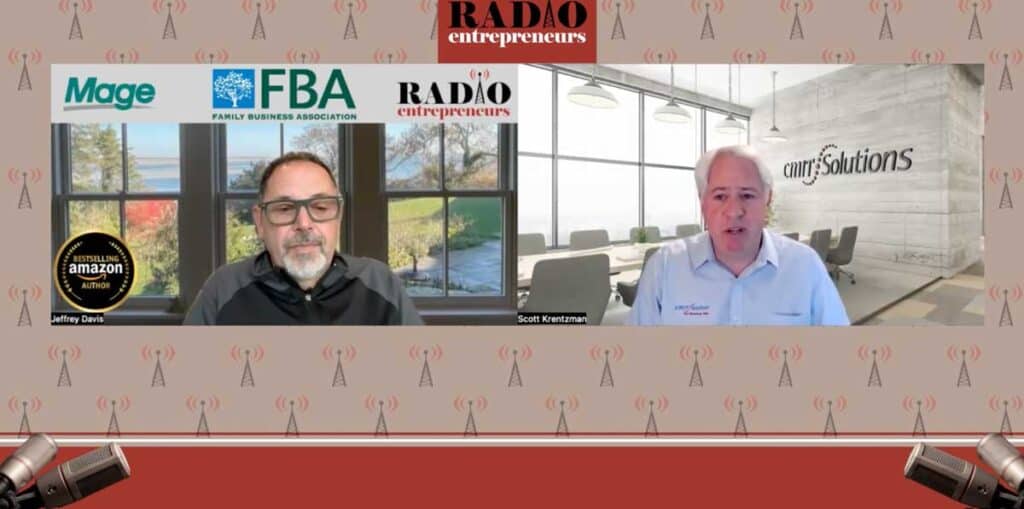Security is no longer a “nice to have” for small and midsize businesses—it’s a competitive necessity. Yet many leaders hesitate to strengthen security policies because they fear slowing down employees, creating friction, or hurting productivity. The truth is that the right approach can protect sensitive data while keeping your team focused on revenue-generating work.
This guide shows SMB decision-makers how to enforce smart security standards without sacrificing speed, efficiency, or employee satisfaction.
Make Security Invisible Through Smart Design
The best security is the kind employees barely notice. Instead of piling on extra steps, integrate protections directly into the tools your team already uses.
- Zero Trust architecture: Adopt a “never trust, always verify” model where every device and user is authenticated continuously. This framework, explained in Zero Trust best practices, strengthens defenses without forcing constant manual logins.
- Single Sign-On (SSO): Give employees one secure portal for multiple applications to reduce password fatigue.
- Multi-Factor Authentication (MFA): Require a quick mobile code or biometric check to block account takeovers while keeping logins fast.
By making security automatic, you remove the temptation for shortcuts and ensure that even remote staff remain protected, as highlighted in this guide on securing remote work.
Identify Hidden Gaps Before Hackers Do
Security bottlenecks often appear where leaders least expect them. Conducting a proactive IT assessment reveals outdated software, risky settings, or shadow IT tools before they disrupt operations.
Regular IT monitoring provides continuous visibility, helping your team stay ahead of issues like cloud misconfigurations or weak Wi-Fi networks. This approach prevents costly downtime and allows for strategic upgrades instead of emergency fixes.
Automate Compliance and Routine Tasks
Regulatory requirements and daily maintenance tasks can slow teams if handled manually. Automation reduces both risk and workload.
- Compliance automation: Tools outlined in compliance automation strategies simplify reporting and evidence gathering for HIPAA, PCI, or GDPR.
- Patch management: Automatically deploy software updates to close vulnerabilities without interrupting user activity.
- Data backup: Implement scheduled, encrypted backups as described in smart backup safeguards to protect against ransomware and human error.
Automating these tasks frees employees to focus on strategic initiatives rather than routine maintenance.
Empower Employees with Targeted Training
Security awareness training should help—not hinder—day-to-day work. Replace annual lectures with short, role-specific modules that teach employees how to:
- Spot phishing scams (see email phishing prevention).
- Secure sensitive data in cloud tools.
- Avoid risky behavior on public Wi-Fi.
Interactive micro-learning and simulated attacks keep staff engaged and help reinforce secure habits without overwhelming them.
Prioritize High-Value Assets First
Not every system needs the same level of control. Focus resources where a breach would hurt the most:
- Customer data and financial records
- Cloud applications and administrative consoles
- Remote access tools
Segment networks and limit access to reduce the impact of a single compromised account. Managed IT services can help implement these strategies quickly, providing the same level of protection trusted by finance and healthcare organizations.
Align Security with Business Goals
Security shouldn’t feel like a tax on productivity. Instead, position it as a driver of operational efficiency.
- Cost savings: Strong protections reduce expensive downtime and the need for emergency fixes. Review your technology investments to avoid overpaying for underperforming tools.
- Scalability: Modern security frameworks make it easier to onboard employees, adopt new apps, and support hybrid work, as explored in digital transformation strategies.
- Customer trust: Clients and partners increasingly demand proof of strong cybersecurity practices, as emphasized in cybersecurity essentials.
Linking security to measurable business outcomes turns protective measures into growth enablers.
Use Managed Services for Continuous Support
Many SMBs lack the internal staff to manage complex security programs around the clock. Partnering with a local provider offers 24/7 monitoring, fast response, and strategic planning. A trusted partner like CMIT Solutions can implement layered defenses, maintain compliance, and deliver proactive IT support—all while keeping your team focused on core business activities.
Quick Wins to Implement This Month
Business leaders don’t need a massive budget to start reducing risk today:
- Enable MFA on email, finance, and cloud platforms.
- Schedule a company-wide IT assessment.
- Patch all systems and update endpoints.
- Conduct a short phishing simulation and follow up with targeted training.
- Review user permissions and close unnecessary access points.
Conclusion
Enforcing security best practices doesn’t have to create bottlenecks or frustrate employees. By automating routine tasks, focusing on high-value assets, integrating Zero Trust principles, and leveraging managed services, SMB leaders can build a resilient environment that protects data while empowering productivity. Security and speed are not opposites—they’re partners. With the right strategy, your company can stay safe, stay compliant, and stay ahead of competitors without missing a beat.







